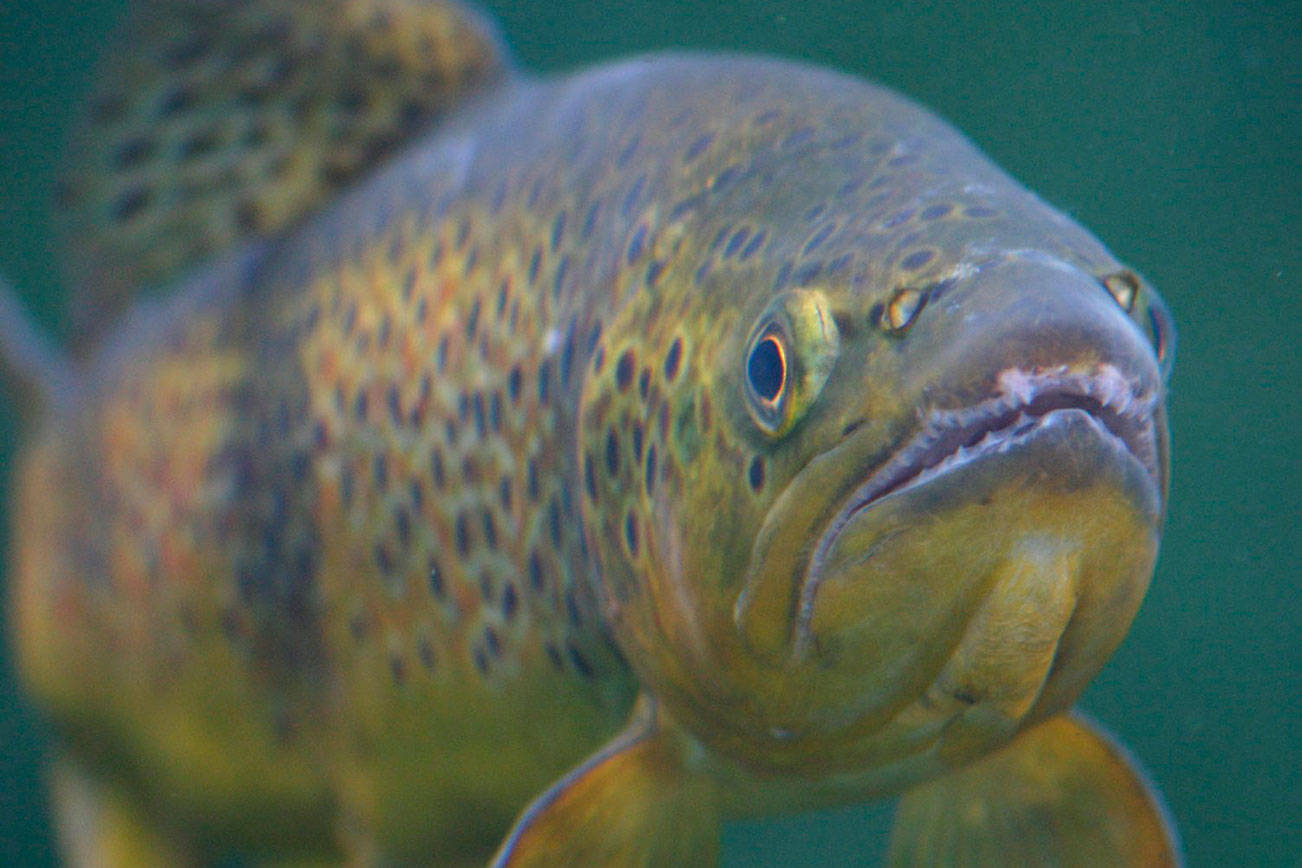Treaty tribes are encouraged by fish passage improvement projects in the Puget Sound region and other projects that will open access to many miles of good salmon spawning and rearing habitat. These are clear examples of the kinds of action we need to take to recover salmon populations.
The projects include a pair of dam removals: One on the Middle Fork of the Nooksack River in Whatcom County; the other on the Pilchuck River in Snohomish County. The third is the overhaul of an important fish trap that collects salmon for transport above the Mud Mountain Dam in King County.
A partnership of the city of Bellingham, the Lummi and Nooksack tribes, state and federal agencies, and others plans to begin removing the 30-foot-tall, Middle Fork Nooksack Dam next summer. The project will restore 16 miles of important stream habitat for chinook, steelhead and bull trout listed under the federal Endangered Species Act. Since 1962, the dam, which has no fish ladders, has been diverting water to supplement Bellingham’s primary water supply from Lake Whatcom.
The Nooksack and Lummi tribes will also be conducting habitat enhancement efforts in the Nooksack watershed.
The Nooksack Tribe will place 50 engineered logjams in a mile-long stretch of the North Fork of the Nooksack River near Kendall. Logjams create pools that allow salmon to rest, feed and grow. They also reduce erosion and help accumulate gravel for salmon spawning beds.
The Lummi Nation is restoring habitat along Porter Creek, which empties into the Middle Fork Nooksack. An upcoming phase of the project will include planting trees, bushes and other vegetation along the creek’s banks to reduce erosion and help keep stream temperatures low for salmon. The tribe has been installing logjams in Porter Creek since 2016. The Porter Reach restorations will benefit salmon migrating upstream to access the opened upstream portion of the river after the dam is removed.
On the Pilchuck River in Snohomish County, the Tulalip Tribes are partnering with local and state government agencies to remove the Pilchuck Dam near Granite Falls. The 10-foot-tall dam was built to provide drinking water but is no longer needed. It has prevented fish from fully accessing about 37 miles of pristine upriver habitat for more than a century. Removal of the dam is expected to begin next summer or fall.
On the White River, the Muckleshoot and Puyallup tribes were the driving force behind a new fish barrier and larger capacity fish trap expected to significantly increase salmon passage above the Mud Mountain Dam. The flood control dam was built in the 1940s with no fish ladders.
A century-old drinking water diversion dam downstream of the Mud Mountain Dam also blocks migrating salmon.
There was a fish trap just below the dam about 75 years ago to collect salmon for transport to miles of good habitat above the dams. But the dam was poorly maintained, and the fish trap proved too small to handle the volume of fish moving up the river. The undersized fish trap led to massive crowding of adult spring chinook, steelhead and bull trout at the foot of the diversion dam. Thousands of fish were injured or killed by exposed steel reinforcement bars and other parts of the deteriorating dam as they tried to leap the structure.
The old fish trap could capture only about 20,000 fish annually. The new trap can handle 1.2 million per year. A new fish barrier is also being installed to prevent salmon from reaching the diversion dam that is slated to be rebuilt.
These projects provide just a few examples of tribal commitment to the salmon resource. Each of the 20 treaty tribes in Western Washington works hard each day to stop the ongoing loss of salmon habitat. That’s because we know restoring salmon habitat is the key to salmon recovery. If we didn’t think it could be done, we wouldn’t be working so hard to do it.
Lorraine Loomis is chair of the Northwest Indian Fisheries Commission.



